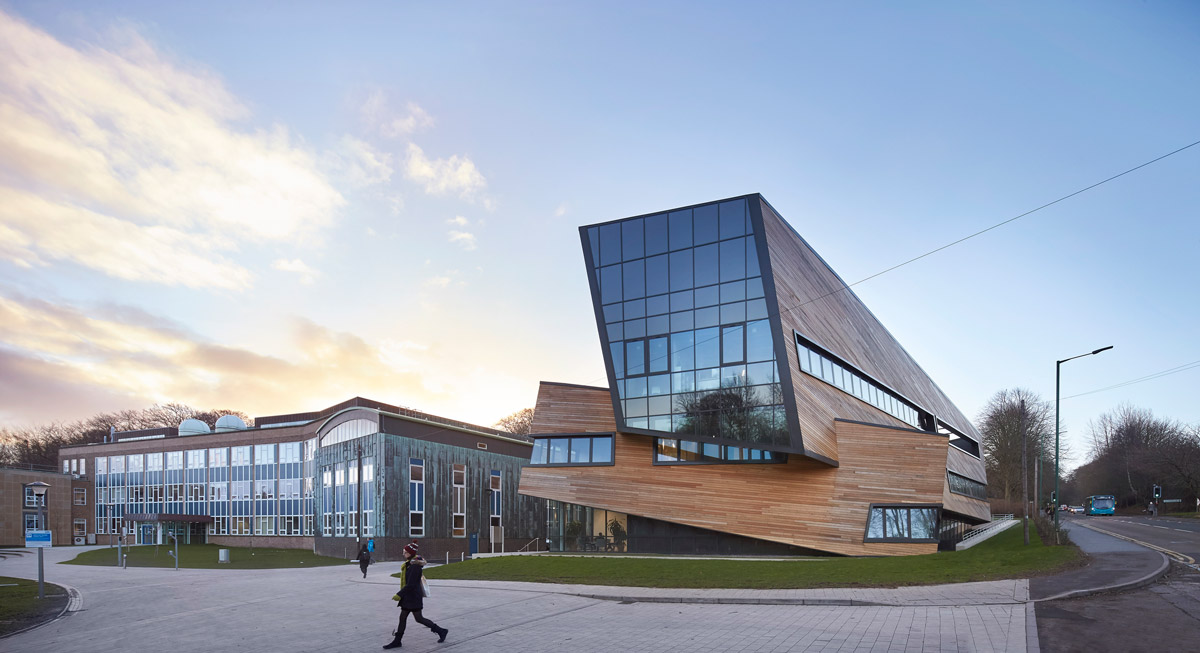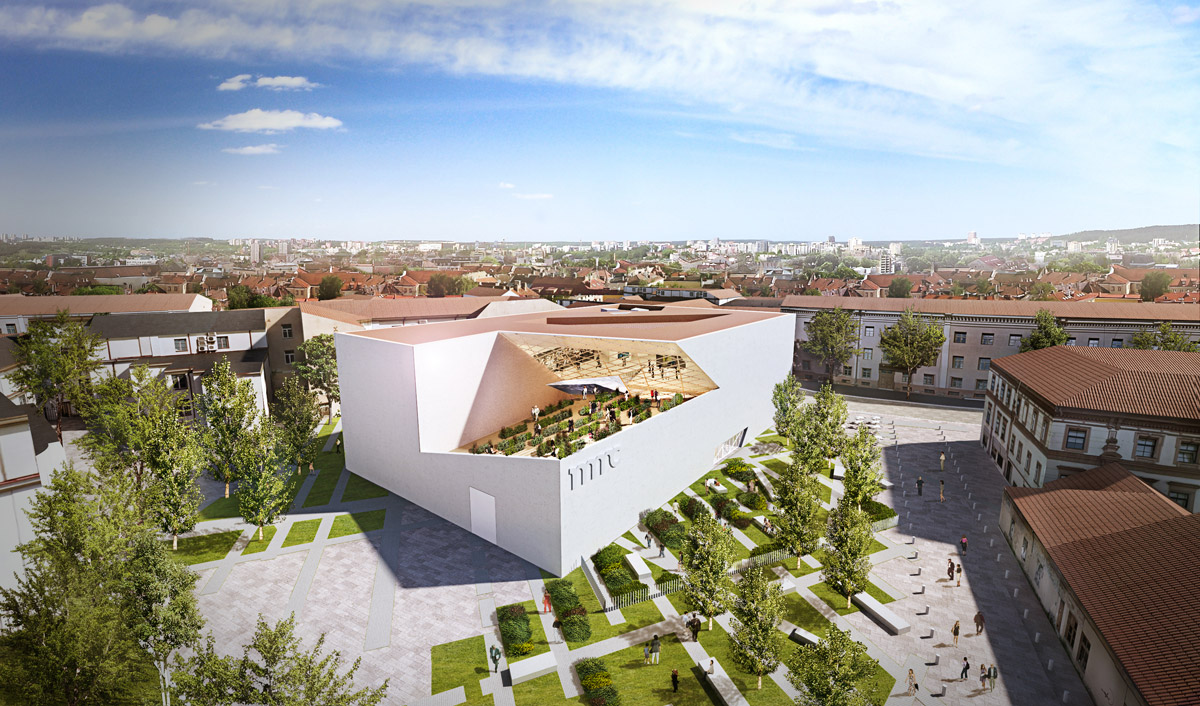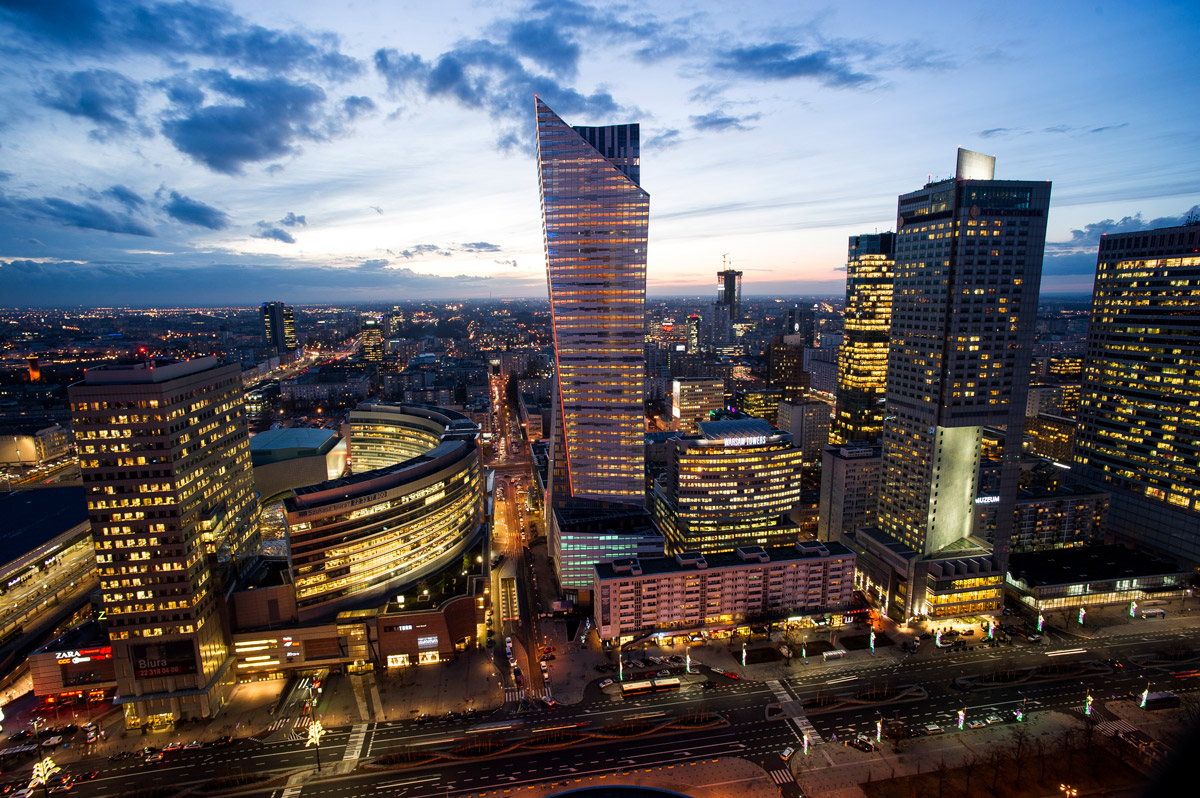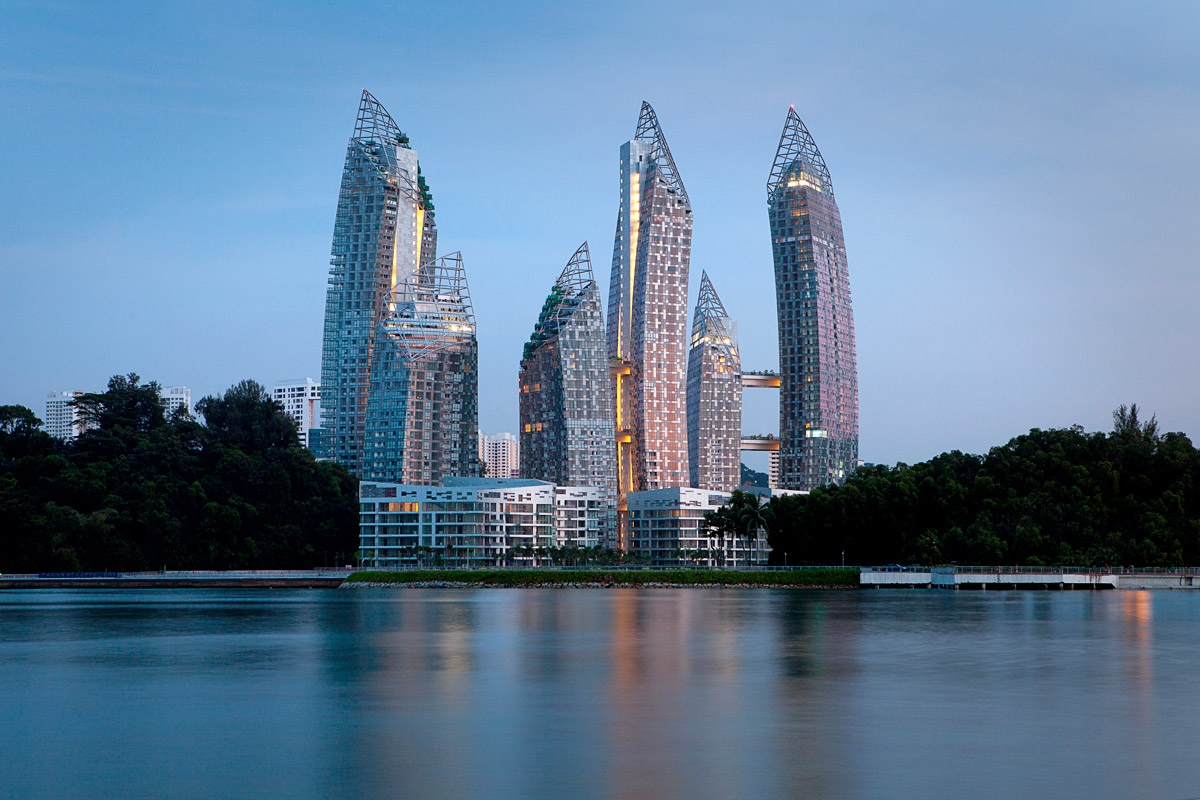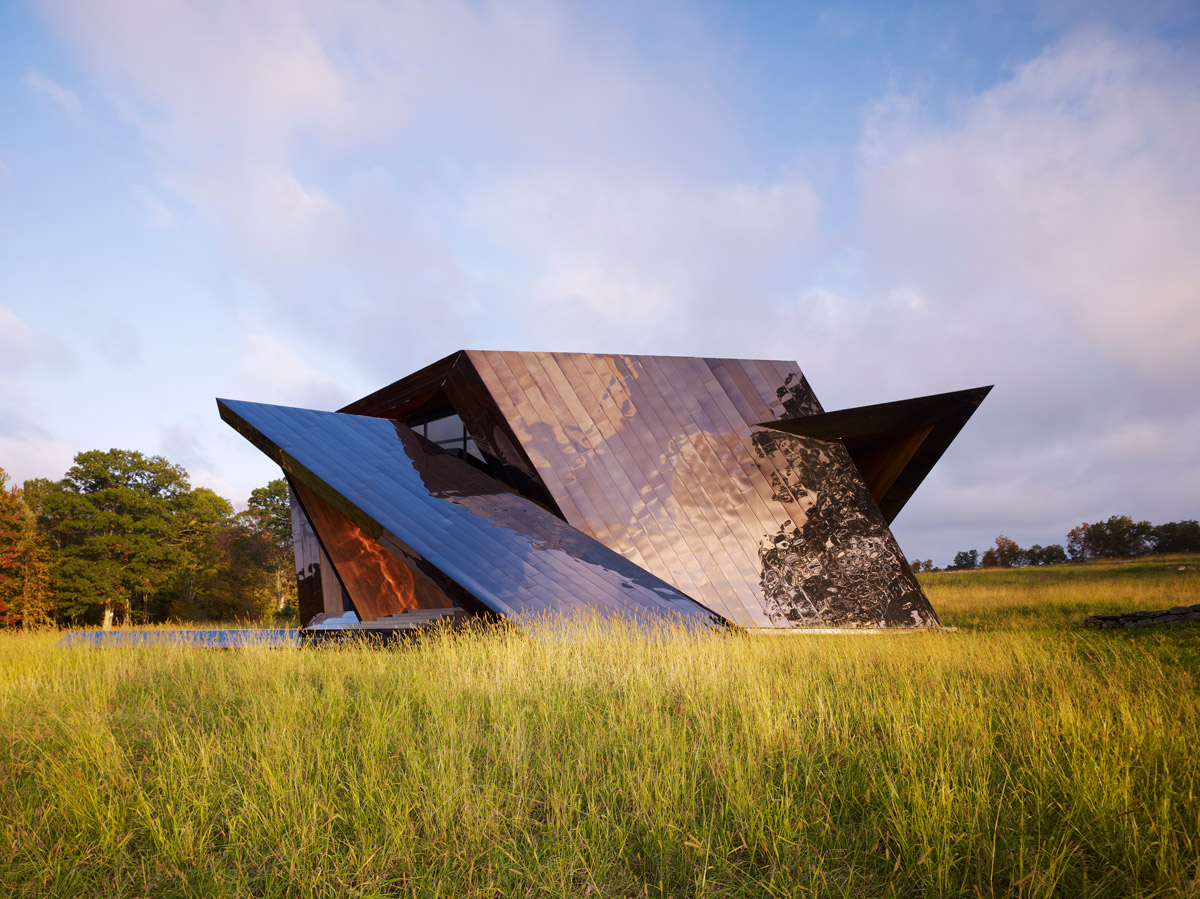by: AIA New York Chapter
Daniel Libeskind, FAIA, believes that buildings contribute to the greater cultural context in which they are built. His commitment to expanding the scope of architecture reflects his profound interest and involvement in philosophy, art, literature, and music. Since establishing Studio Libeskind in Berlin in 1989, Libeskind has designed major cultural, commercial, and residential projects around the world. He is perhaps best known for his design of the Jewish Museum Berlin (JMB), which created a new paradigm for museum architecture. For Libeskind, the Jewish Museum Berlin was much more than a competition and commission; it was about establishing and securing an identity within Berlin, which was lost during WWII. The museum uses architecture as a means of narrative and emotion to help visitors experience the effects of the Holocaust on both the Jewish culture and the city of Berlin. Shortly after the JMB opened, Daniel won the international competition for the masterplan of the World Trade Center site and moved his studio to New York City. He has since become a household name for his work around the world.
The 2017 Jury of Fellows of the AIA elevated Libeskind to its prestigious College of Fellows in the first category of Fellowship, which recognizes architects who have “Promoted the aesthetic, scientific, and practical efficiency of the profession,” according to the organizations’s definition. Now among the AIA membership’s three percent distinguished with Fellowship and honorary Fellowship, Libeskind was recognized at the New Fellows Reception hosted by AIA New York in March and was honored further at an investiture ceremony at the recent AIA Conference on Architecture 2017 in Orlando.
Q: What is your proudest achievement as an architect, or a favorite project you’ve worked on?
A: Since I love architecture, every project has been close to my heart but certainly the Jewish Museum in Berlin, because it was my first project, and the World Trade Center Master Plan, because it continues on, are both high on my list. Though I must confess that completing a little house in Connecticut brought me immense joy.
Q: What is your earliest memory of experiencing architecture?
A: My earliest memory of experiencing architecture is walking as a young boy in Lodz[, Poland] and seeing the streets of my city, as random as they were, with astonishing decorative architecture of the late 19th century. But the most memorable was when I went to the salt mines of Wieliczka as a young boy. This crystalline world with black lakes that are like transparent churches has always been part of my inspiration. In addition, when I moved to Tel Aviv and saw a Bauhaus city with its crisp abstract forms, white against the blue sky, [I felt] as if I had glimpsed the divine.
Q: Who do you most admire?
A: I most admire people who maintain the liberal arts culture and tradition in whatever they do. I admire writers, artists, thinkers, and architects who are deeply and emotionally affected by this humanistic tradition.
Q: What are you working on right now, or what is your next big project?
A: I’m fortunate to work on many exciting projects: a cultural project in Kenya; the Modern Art Center museum in Vilnius, Lithuania; the Kurdistan Museum, presenting the Kurds’ national heritage to the world; and a number of high-rise towers both residential and commercial in Asia and the Middle East. I also have projects in the centers of European cities in order to revive often forgotten centers, and of course my own ongoing research through drawings. And perhaps most importantly, I am working on an effort to build more affordable housing in the U.S. and abroad.
Q: What does being a Fellow mean to you?
A: It is an immense honor to be recognized by my colleagues in the field. I often talk about the art of architecture, but architecture is also a service—to serve communities, cities, and humankind. This is what the College of Fellows represents to me.
In the face of the political climate across our country and other parts of the world, it is in an important time for the profession. I believe as architects one must fight to protect freedom, human rights, and the environment—with both our words and creative actions.
Editors’ Note: This feature is part of a series celebrating the 18 members of the American Institute of Architects (AIA) New York Chapter that have been elevated to the AIA College of Fellows in 2017, an honor awarded to members who have made significant contributions to both the profession and society. Learn more about Fellowship here.








